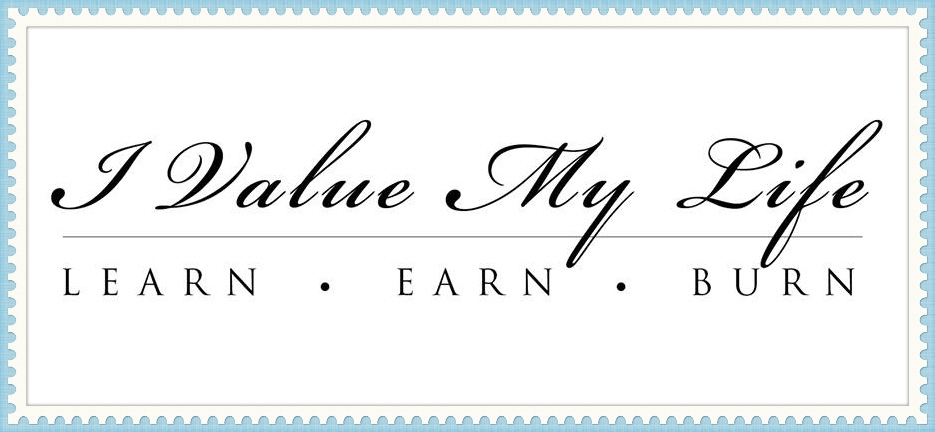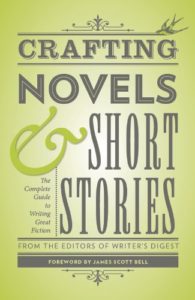The foreword by James Scott Bell for this particular guide-book awakens me with an impact. That if you dream of getting somewhere, you have to at least seek guidance from those who had gone there already. From those who had gone through the process. You have to listen well and carefully. You have to learn fast. And to grow discreetly as a seed.
This is just the lesson to begin the book with. Imagine how the rest of the book is packed with substantial information every known and published writer shares based on their own experiences. Writers Digest had compiled all of it in one go.
When I attended the 2016 Novel Writing Conference in Los Angeles, I got a trilogy of these guide books from Writers Digest. Digging on to Crafting Novels and Short Stories first sets everything first. It does not lie when it says it is the complete guide to writing great fiction. Some points, I agree with other readers who had shared their review, came in repetitively. But the context on how it composes each segment conforms to the pointers it tries to build up.
STRONG POINTERS
- Giving guidance on how to craft the characters, the settings and the dialogue were all in a step-by-step format. I appreciate this part. There are also exercises that it encourages you to do to help you dig deeper to your creativity.
- It gives you what to expect. Both the good and the bad. It delivers to you as you seek clarity in forming your novel. Remarkably, the personal dilemmas are also given notice. Most of the time some of the work left undone is because of these dilemmas such as procrastination, writer’s block and bad habits. The writing gods of the biz share ways on how to deal with it.
- The websites that are within reach of everybody were reintroduced of their powerful capacity to do research. Some of us just use it without knowing its real potential.
- Publishers were sought of their demands and writers were asked of their expertise alike. It mentions authors, their booksellers and the publishing houses each of them worked for which allows you to research further on those people.
- Appendices give you a cleared view of the genres presented from general to specific.
- Examples of the points they give away were extracted from the books they were actually written in. In the name of emphasis, they included snippets of these works in the book. This allows you to understand these pointers in one sitting.
- The most important for me is the pacing it encourages you to work on. How it wants a writer to use more of active dialogues and to understand how a storyteller should challenge and help the reader at the same time with your work’s pacing.
RECOMMENDATION
 As a writer who is just starting to embrace Creative Writing, it’s imperative to my growth as a professional in the field to get hold as much professional advice as I can. This book not only aids you but it also gives you a sense of direction to deciding on what you really want to focus on in terms of genre. It talks to straight to the point and repetitively, just like almost how it feels in a classroom setting.
As a writer who is just starting to embrace Creative Writing, it’s imperative to my growth as a professional in the field to get hold as much professional advice as I can. This book not only aids you but it also gives you a sense of direction to deciding on what you really want to focus on in terms of genre. It talks to straight to the point and repetitively, just like almost how it feels in a classroom setting.
They jotted these pointer for you, making it available for you anytime you want. I am striving to strike through one of the many things I dream to do, have a book written someday that can be reviewed the same way as this.

